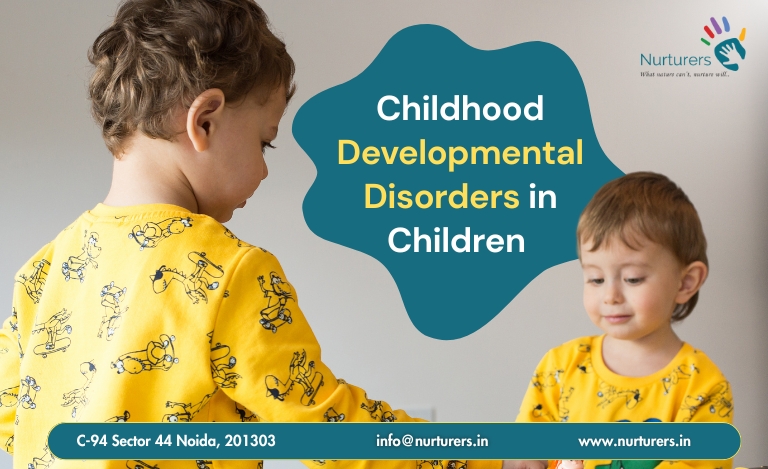Childhood developmental challenges refer to delays or difficulties that some children experience as they grow and learn. These challenges can affect various areas of development, including speech and language, motor skills, social interactions, emotional regulation, and cognitive abilities. While each child develops at their own pace, noticeable delays in reaching milestones may indicate the need for additional support and guidance.
Such developmental concerns may arise due to a variety of factors, including genetics, environmental influences, birth complications, or nutritional deficiencies. In some cases, no clear cause is identified. Early identification and support play a vital role in helping children overcome these challenges and reach their full potential.
What is a Developmental Disorder?
Developmental disorders are neurological conditions that affect a child’s ability to learn, communicate, behave, or move appropriately for their age. These disorders arise due to differences in brain development and are typically identified in infancy or early childhood. They can impact a child’s:
- Cognitive abilities (thinking, problem-solving, memory)
- Speech and language (understanding and expressing words)
- Motor skills (gross and fine motor coordination)
- Social and emotional development (interaction with others, managing emotions)
These disorders vary in severity and symptoms, and no two children may present exactly the same challenges. Causes can include genetic factors, complications during pregnancy or birth, infections, exposure to toxins, or unknown neurological factors.
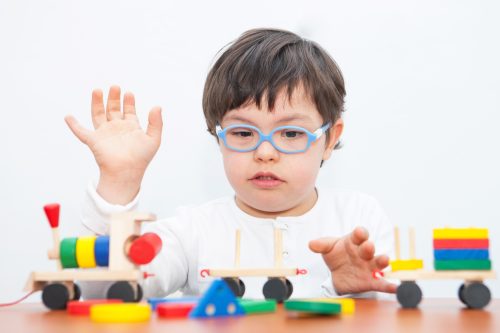
What’s the Most Common Childhood Developmental Disorder?
The most prevalent developmental disorder in children is Autism Spectrum Disorder (ASD). ASD affects how a child perceives the world and interacts with others. Children with autism often display challenges in social communication, restrictive behaviors, and sensory sensitivities.
Key facts about ASD:
- Signs usually appear before age 3
- Boys are four times more likely to be diagnosed than girls
- Early intervention significantly improves outcomes
Besides ASD, other common developmental disorders include:
- ADHD (Attention-Deficit/Hyperactivity Disorder)
- Speech and Language Disorders
- Learning Disabilities (like dyslexia)
- Global Developmental Delay (GDD)
It is important to note that these conditions often overlap, meaning a child can have more than one diagnosis (co-occurring disorders).
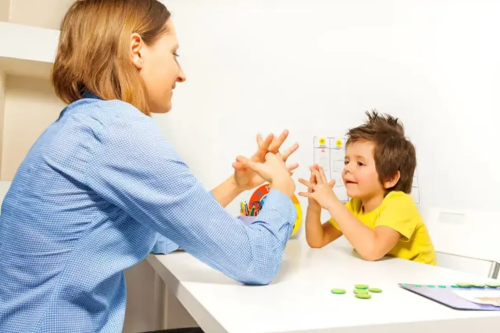
Types of Childhood Developmental Disorders
Understanding the types of developmental disorders helps caregivers and educators offer targeted support. Here are the major categories:
1. Autism Spectrum Disorder (ASD)
A lifelong condition that affects how children communicate, behave, and relate to others. Common signs include a lack of eye contact, delayed speech, repetitive behaviors, and difficulty with social interaction.
2. Attention-Deficit/Hyperactivity Disorder (ADHD)
Children with ADHD may have trouble focusing, following instructions, sitting still, or controlling impulses. It is one of the most frequently diagnosed neurodevelopmental disorders in school-aged children.
3. Speech and Language Disorders
These involve difficulties in understanding or using language, including articulation disorders, expressive and receptive language disorders, and stuttering.
4. Learning Disabilities
These affect how children process information and include:
- Dyslexia: Reading difficulties
- Dysgraphia: Problems with writing and spelling
- Dyscalculia: Challenges in understanding numbers and math concepts
5. Intellectual Disability
Characterized by below-average intellectual functioning and limitations in adaptive behaviors. These children may need long-term support with learning, communication, and self-care.
6. Motor Disorders
Including:
- Developmental Coordination Disorder (DCD): Poor motor coordination affecting daily tasks like dressing or writing.
- Cerebral Palsy: A group of disorders that affect movement and posture due to brain damage before or during birth.
7. Sensory Processing Disorder (SPD)
Children with SPD may overreact or underreact to sensory stimuli like sounds, textures, or lights. It often coexists with ASD or ADHD.
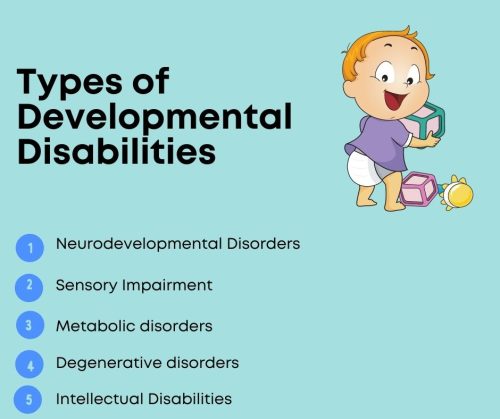
The Effects of Developmental Disorders in Adulthood
If not addressed early, developmental disorders can persist into adulthood and influence academic, social, and professional life. Adults who experienced untreated developmental delays may face:
- Difficulty maintaining employment due to poor executive function or communication skills
- Low self-esteem and confidence, often stemming from years of academic and social struggles
- Mental health challenges, including anxiety, depression, and social withdrawal
- Dependency on family or caregivers for everyday living tasks
However, many individuals can lead productive and independent lives with the right early intervention, vocational training, life-skills education, and support systems in place.
Are Childhood Developmental Disorders Treatable?
While developmental disorders may not be “curable” in the traditional sense, they are highly manageable. Early intervention—ideally before age 5—is key to maximizing a child’s developmental potential.
Treatment typically involves a multidisciplinary approach, combining the expertise of pediatricians, neurologists, psychologists, speech-language pathologists, occupational therapists, and special educators. The treatment goals are:
- Enhancing communication and social interaction
- Reducing behavioral challenges
- Teaching coping mechanisms and adaptive skills
- Promoting academic success and self-independence
The earlier the intervention begins, the more successful the outcomes tend to be.
Which Therapy Helps for Developmental Disorders?
Different types of therapies are available depending on the nature and severity of the disorder. At Nurturers, we personalize therapy programs based on comprehensive assessments.
1. Applied Behavior Analysis (ABA)
- Gold standard for autism
- Teaches positive behaviors through rewards and structured routines
2. Speech and Language Therapy
- Improves speech clarity, vocabulary, sentence structure, and social communication
- Also addresses non-verbal communication like gestures and facial expressions
3. Occupational Therapy (OT)
- Enhances fine motor skills, hand-eye coordination, and daily living activities
- Assists with sensory integration issues and building independence
4. Physical Therapy (PT)
- Improves posture, strength, balance, and gross motor development
- Especially useful for children with motor disorders like cerebral palsy
5. Special Education Support
- Customized learning plans that cater to a child’s unique needs
- Uses multisensory techniques and assistive technology
6. Parent and Family Counseling
- Empowers families with strategies to manage behavioral challenges at home
- Improves understanding and emotional bonding
Therapy is most effective when consistent, collaborative, and individualized. At Nurturers, we offer all of these services under one roof, ensuring a cohesive and supportive journey for both children and their families.

Final Thought
Raising a child with a developmental disorder comes with unique challenges, but it also opens up a world of resilience, learning, and unconditional love. The earlier the diagnosis and intervention, the greater the potential for growth and success.
At Nurturers, we are not just therapists—we are partners in your child’s developmental journey. With empathy, expertise, and dedication, we aim to help every child reach their full potential and live a life filled with possibilities.
If you suspect your child is showing signs of a developmental delay, don’t wait. Early action can make a lifetime of difference.
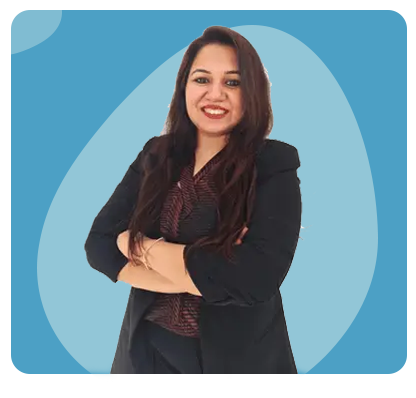
Hi! I am Swati Suri, a Special Educator with 9+ years of experience and the founder of Nurturers. I am passionate about helping children with special needs and supporting their families every step of the way.
